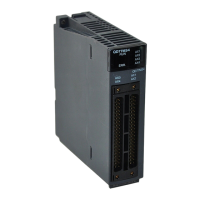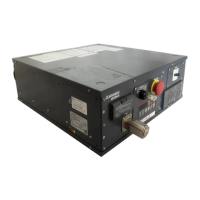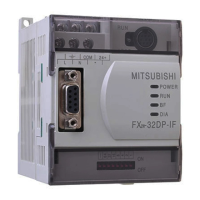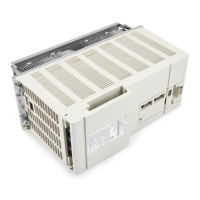3 - 81 3 - 81
MELSEC-Q
3 SPECIFICATIONS
3.5.41 Cascade gain (buffer memory address 177: Un\G177)
(1) This is a gain for converting to the cascade signal after adding cascade bias in
manipulated value of master and converting to full-scale of slave input range on
the cascade control.
Example: When manipulated value of master is 10%, slave input is set to T
thermocouple (-200 to 400
), cascade bias is set to -8% and cascade
gain is set to 1.5.
Cascade signal = ((Manipulated value) - (Cascade bias))
(Full-scale of input range) (Cascade gain)
= (0.1 - 0.08)
600 1.5
= 18
The cascade signal added to the set value of slave is 18
.
(2) The setting range is -10000 to 10000 (-10.000 to 10.000).
(3) Refer to Section 3.2.13 for the cascade control.
3.5.42 Cascade bias (buffer memory address 178: Un\G178)
(1) This is a bias to be added in the manipulated value of master on the cascade
control.
(2) The setting range is -1000 to 1000 (-100.0 to 100.0%).
(3) Refer to Section 3.2.13 for the cascade control.
3.5.43 Cascade monitor (buffer memory address 179: Un\G179)
(1) The manipulated value (cascade signal) of master, which is added in the set
value of slave on the cascade control and converted with the cascade gain and
cascade bias, is stored.
(2) Refer to Section 3.2.13 for the cascade control.
(3) When setting value of the cascade ON/OFF (buffer memory address: 176) is 0, 0
is stored in the cascade monitor.
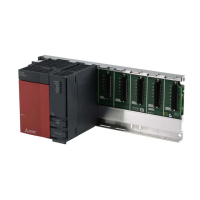
